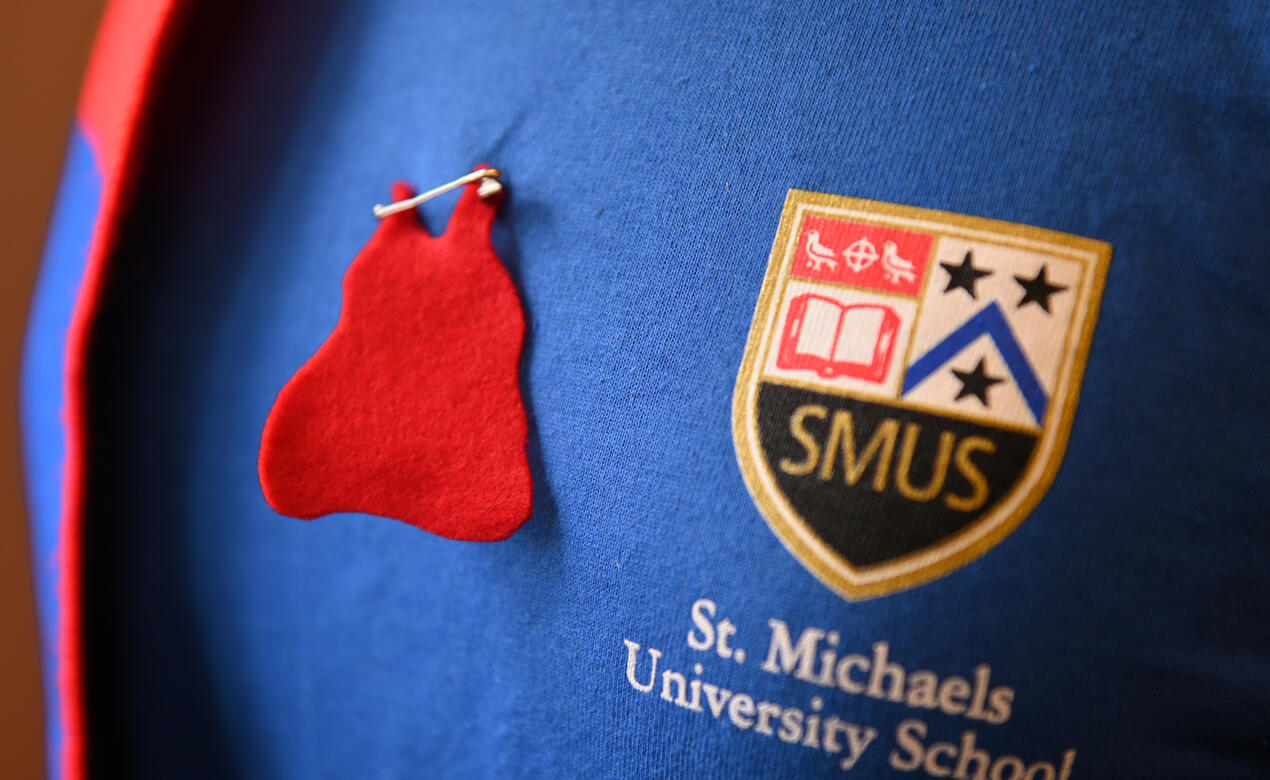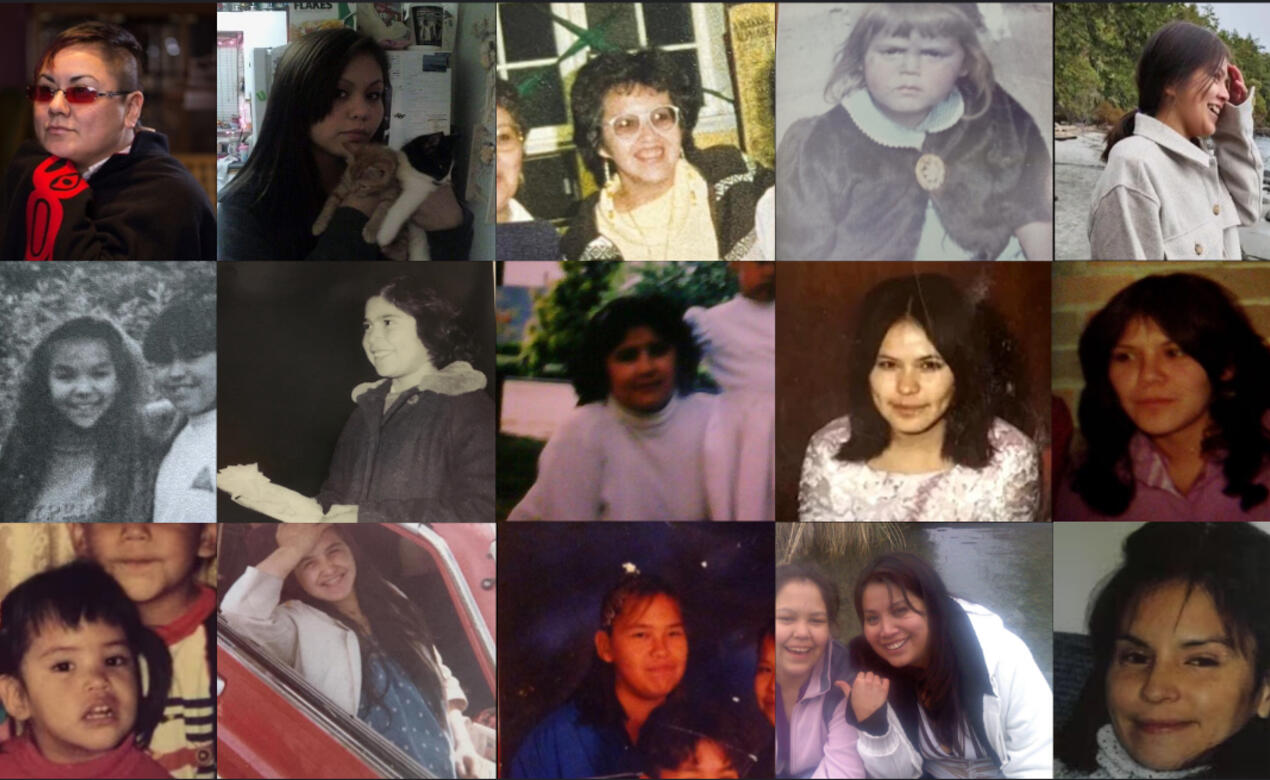
Coming from a remote reserve (Quaee 7), along the Central Coast of British Columbia, the topic of missing and murdered Indigenous women is one that is always on my mind.
From my nation of under 2000 women, 22 of them are victims of this crisis.
These numbers (1149/100000) are incredibly high - 531 times the national average of 2.25/100000. Of those 22, only three have received justice. Yet, these numbers mean nothing to me, they’re a fact of my life, and of my loved ones, numbers who’ve impacted who I am from the moment of my birth. These numbers are not just a fluke from my nation, but are repeated all over the province and country. Four thousand Indigenous women in Canada are classified as missing or murdered, and one of the largest factors for this is a flawed criminal justice system.
Historically, Indigenous people have fallen between the cracks in Canada’s criminal justice system, undoubtedly furthered by the lack of a right to lawyers until the 1950s, leading to generational impacts that led to a wave of Indigenous women ending up missing or murdered across the country in the late 1980s to current-day. With 79 (majority Indigenous) women disappearing from the Highway of Tears, a stretch of highway between Prince George and Prince Rupert, and a high influx of mysterious deaths occurring with native women in Vancouver in the ‘80s, Indigenous women’s cases were seen as “lesser importance”, and oftentimes never received the same effort as non-Indigenous cases.
As such, I share with you the faces of 15, and the names of seven women from my Nation who are missing or murdered, and a short amount of information on the tragedy behind their victimizations.
I want to emphasize that these women were alive, as well. They loved, argued, talked, listened and were respected like any other person in our community, although their lives with their friends and family were cut short by nothing more than hatred.
Out of respect for many families, as well as the reader, most descriptions of violence have been replaced with the term “attacked”.
As well, the notation of the perpetrators’ race is to amplify the reason why many of these attacks were never investigated further.

From the top, left to right,
- Ainjil Hunt (1970-2019). “Ainj” as we called her, was my mother’s sister. A caring person with no previous suicidal ideation, and text messages alleging abuse against her white partner who had markings post-mortem indicating restraint, simply “fell” off her multi-story balcony in North Vancouver, as the RCMP put it. Her family has seen no justice.
- Kayla Lalonde (1993-2010). A teenager not even out of high school, Kayla was taken from a public park, and was “attacked” by a 45-year old white man. The man is currently in custody.
- Janet Henry (born 1961). Janet disappeared from Vancouver in 1997, and is suspected to be a victim of Robert Pickton, who confessed to 49 murders on his pig farm. Her family has seen no justice.
- Linda Speck (unknown). A tragedy that’s horrifically common within many Indigenous families, Linda Speck disappeared from a young age, never to be seen again. Her family has seen no justice.
- Carsyn Seaweed (2008-2023). A girl who would have been in Grade 10 today, Carsyn was found attacked behind the Super 8 Motel in Duncan. Her family has seen no justice.
- Elizabeth Lagis (1978-2012). “Gunna” left my hometown for medical tests in Campbell River, and was found attacked underneath a drainage cover in an embankment over 25 kilometres away from her hotel. RCMP claimed it was an overdose. Her family has seen no justice.
- Rosalind Wadhams (1953-1963). A young girl in a foster family in the segregated town of Alert Bay, she was chased down the street and attacked in the middle of the “white side” by a white man. The man faced jail time.
- Morenda Isaac (1973-1993). Nineteen-year-old Morenda was attacked by her white boyfriend in the city of Vancouver. Her family has seen no justice.
- Selina Wallace (born 1951). The 19-year-old disappeared on the Cape Mudge pier, last seen with a white man. Her family has seen no justice.
- Patricia Wadhams (1956-1977). Sister of Rosalind Washams and mother-of-one Patricia was found behind the Ritz Hotel in Vancouver, the three white perpetrators were given three months each. Her family has seen no justice.
- Adrianne Wadhams (1982-1989). In one of the few high-profile cases of MMIW, Adrianne was abducted on a Fort Rupert beach and attacked multiple times by a 15-year-old white boy. He remains in custody.
- Lavina Henry (1946-1966). Older sister of Janet Henry, Lavina was attacked by a white man in the middle of Nanaimo. Her family has seen no justice.
- Cindy Scow (1984-2012). Attacked in her own home, the young mother-of-seven’s death was horrific in many ways. Her perpetrator now walks free.
- Angeline Pete (born 1983). The young mother disappeared in 2011, after posting on Facebook a photo of a split lip, stating via private message her white fiancé had hit her. Her family has seen no justice.
- Angela Williams (1970-2001). The mother-of-one went to a Burnaby drop-in centre, and told workers that she felt something bad was going to happen to her. She was found days later, and although the RCMP told police there were clear signs of an attack, the death was reported as an overdose. Her family has seen no justice.
The seven not shown are named as follows: Julia Bruce, Caroline Rufus, Kathy Nolie, Kristina Ward, Annie Cedar, Marion Dawson, and Emma Isaac.
For each face you see, there are 267 more behind every one of them. Red Dress Day is a commemoration of that, to give family and friends of victims respect, and to recognize the flawed justice system that had led to these women’s victimizations. Red Dress Day is one day that’s nationally observed to show these injustices, but they don’t leave after the day is done.
The injustices show up in everyday life for many native people. Personally, I cannot shake the lingering feeling, the sense of dread that haunts me when I consider how related I am to the issue, with my mother and sisters as a part of the demographic so in danger.
I hope this brings you an understanding of what Red Dress Day is about, and why we choose to recognize it.
Gilakas’la,
Wadzidi
Wadzidi, known on campus as Alessandro Raniolo, spoke about the topic of Missing and Murdered Indigenous Women at a recent assembly. It is a topic that is prominent in his mind, as Wadzidi comes from a remote reserve, Quaee 7, along the Central Coast of British Columbia, 350 km and 31 hours travel from SMUS.
Red Dress Day is observed on May 5 each year to raise awareness of Missing and Murdered Indigenous Women, Girls and Two Spirit+ people in Canada. This annual remembrance traces its roots back to the REDress Project initiated by artist of mixed ancestry, Jamie Black, in 2010.


